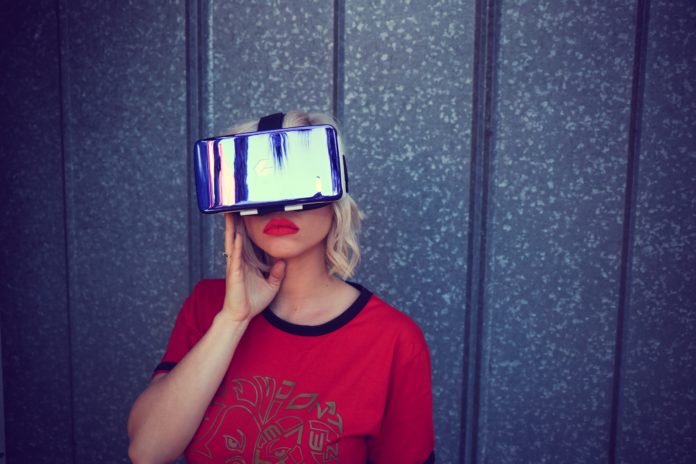
Virtual reality improves anaesthesia tolerance; it also reduces need for intravenous sedation by 50%
Giving patients virtual reality sessions before and during anaesthesia for orthopaedic procedures substantially reduces pain. It also reduces the need for intravenous sedation, according to new research presented at the Euroanaesthesia congress 2019 – the annual meeting of the European Society of Anaesthesiology.
The trial suggests that virtual reality hypnosis distraction (VRHD) could be a valuable drug-free alternative for reducing anxiety and procedure-related pain without the side effects and longer recovery time associated with traditional intravenous sedation.
“Given the immersive and distracting nature of the virtual reality experience, this technology has the ability to act as a preventive intervention transforming local anaesthesia into a less distressing and potentially pain-free medical procedure”, said Dr Dragos Chirnoaga from CUB Erasmus Hospital, Brussels, Belgium who co-led the research.
“While it is not clear exactly how virtual reality works to reduce anxiety and pain, it’s thought that it creates a distraction that stops the mind feeling pain.
The stress associated with surgery, along with having an anaesthetic injection can be a draining experience for any patient. The use of intravenous sedation in the post-surgery period is not without adverse effects such as headache, nausea, and drowsiness.
In this trial, researchers tested the hypothesis that VRHD could reduce the requirement for intravenous sedation by at least 50% during local anaesthesia.
They randomised 60 adults scheduled for orthopaedic surgery (shoulder, hand or knee surgeries) with local and regional anaesthesia into three groups. In the control group (20 patients), standard intravenous sedation during locoregional procedure was administered without VHRD; in the second group (20), VRHD was used during locoregional anaesthesia, and intravenous sedation was given if patients reported pain scores of greater than 3 out of 10; in the third group (20), VRHD before and during locoregional anaesthesia was used, and intravenous sedation given if patients reported pain scores greater than 3.
VRHD therapy consisted of wearing virtual reality goggles and headphones to watch relaxing video content of a submarine ride and life under the sea, with a calming voice guiding the journey and focused on slowing the patient’s breathing rhythm.
Analyses showed that just 25% (5/20) of patients receiving VRHD during local anaesthesia required intravenous sedation, whilst only 10% (2/20) patients given VRHD both before and during locoregional anaesthesia needed further sedation.
Additionally, patients receiving VRHD showed similar comfort and satisfaction before and during the procedure as those given intravenous sedation.
Dr Delphine Van Hecke from CUB Erasmus Hospital, Brussels who co-led the study said, “While it is not clear exactly how virtual reality works to reduce anxiety and pain, it’s thought that it creates a distraction that stops the mind feeling pain. Further studies should focus on other procedures suited for the use of VRHD, particularly its potential benefit in children as premedication or during low pain procedures.”











